When the colonists left the town, little did they know that the country they have ruled for more than 200 years would come at par with them, especially in something as seemingly extravagant as fashion. Close to seven decades have passed since India gained independence, and during the course, the clothing preferences of the country’s people have transcended from basic, to premium, to now, luxury. This brief post unravels the journey of fashion in India, post independence. Let’s begin.
1950s

Troubled by internal as well as external conflicts, the Indian economy couldn’t bloom much during the 1950s, consequently curbing the people’s ability to look beyond the necessities. The style quotient of the upper crust of the society, however, was inclined towards the Victorian and Mughal styling, and therefore, lush attires such as lehngas, ghararas, embroidered gowns, long coats, frilled skirts, hats, etc., were commonplace in elite gatherings.
1960s
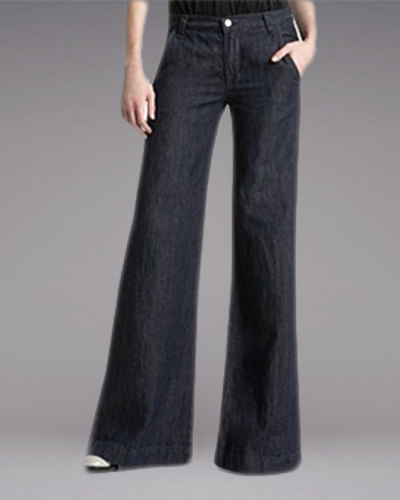
As Bollywood started to gain mass popularity, it had a tangible impact on the people’s dressing sense. Besides the country’s still staple – saree – a new breed of hybrid styling emerged, carrying influences of both Indian and western roots. Though most trends of the last decade continued to prevail, the decade also marked several new additions to Indian wardrobe, such as body hugging suits, sleeveless tops, bell-bottom trousers, and more.
1970s

70s was probably the most colorful, if not dynamic, decade for fashion in India. The hippie culture was making waves in all parts of the globe, and a desperate-to-be-liberated (read: despite Independence) society such as India couldn’t have been left uninfluenced. This was the time when vibrant colors, psychedelic prints, bold designs, long unkempt hair, and other such possibilities finally started to appear in the Indian fashion scene.
1980s
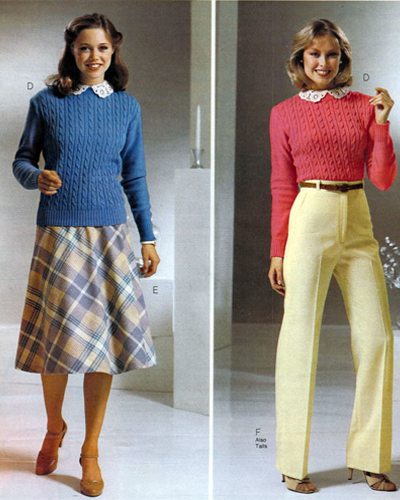
Embracing the now-found liberty garnered from western influences, the Indian women finally started to experiment with their looks during the 80s. While Bollywood was more active than ever in telling people what to wear, a lot of people started coming out with their own creations, defying norms. This is probably the decade best attributable for the rise of fashion in the country that until then had bigger issues to address.
1990s
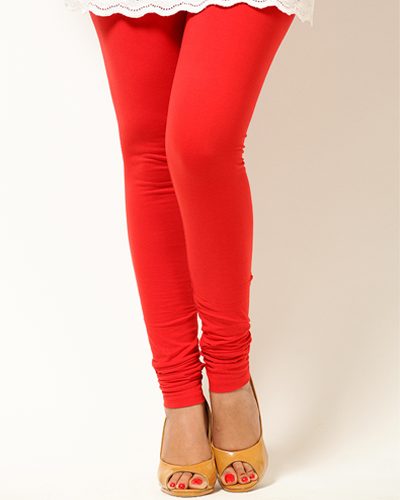
The 90s, hands down, mark a major turning point in the journey of fashion in India, especially after Sushmita Sen – one of the most prominent model-turned-actors till date – was crowned Miss Universe, in 1994. After the event, it seemed as though all major fashion brands and labels finally woke up to the existence of the country, making their way into the local markets, one after another – also majorly attributable to the then revised foreign trade policies.
2000s
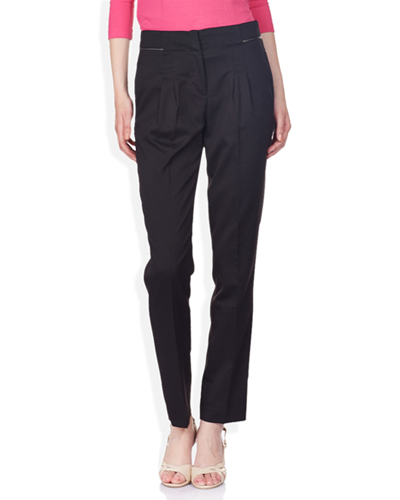
Almost everyone who livshop@etasheeed in the country during this decade would agree that the era clearly belonged to brands, as numerous global brands setup their shops in India, and the result on the country’s population was more than evident. People could be seen sporting new styles and patterns from leading, but mainstream, labels such as Adidas, Reebok, Nike, Puma, Wills Lifestyle, and similar names. Moreover, Indian designers also started to make their presence felt during the era.
2010s
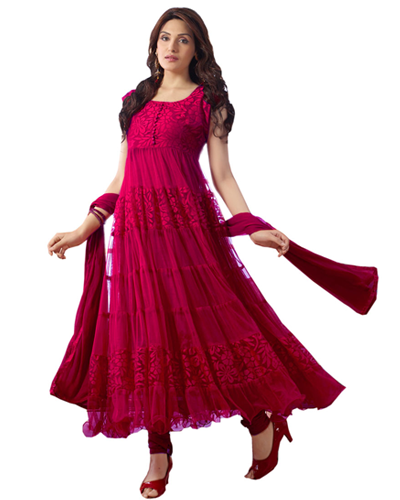
Attribute it to the wave of digitalization or more than 126 million people working day in day out, post 2010, India started to become a premier marketplace for “luxury brands”, offering impeccable designs, quality and finish, albeit at prices that left most people grasping for air. Indian design houses, however, were fairly successful in consolidatishop@etasheeng their foothold, with various names such as Fab India, Biba, W, etc. promising both quality and affordability.
A Few Last Words
68 years ago, a country drained by a rapacious colonist regime, began to resurrect itself, and is now not only placed among the leading hubs of fashion patrons, but is also an active member in the international fashion industry. Although styles have come and gone, one thing that has remained the same throughout is the obsession of the country’s people to look their best. On that note, we leave it up to you to decide what suits you the best.

Very informative….